Health and genetics
Table of Contents
1. AASI height
Gangetic Plains Mesolithic Hunter Gatherers of India were the tallest on Earth, much taller than their European counterparts.
Damdama HG had a mean height of (179.1 cm /5′10.5″) for males & (173.0 cm / 5’8") for females.
Mahadaha males had a mean height of (181.1 cm / 5’11.3")

Gangetic Plain Mesolithic females (5’7“-5’8”) were taller in mean stature than Western-European males of the time.
Not only were they very tall, but also quite muscular and likely involved in a lot of strenuous physical activity, indicated by hypertrophy in the forearms and legs. Specifically of the anconeus & supinator muscles (although no evidence of physical trauma)


Furthermore, the Indus Valley Rakhigarhi reconstructed individuals from Lee, Shinde et al 2020 were in the same ballpark too. The 17-18 yr old boy had a height of 177 cm (5 ft 10 inches) while the adult female was 5 ft 6 inches tall.


…
Polygenic scores for height among modern populations, from Davide Piffer’s substack.
In sub-Sahara and in the subcontinent especially, phenotypic height lags far behind genotypic height. From these scores, you should expect Tamils to be taller than Chinese and (South) Italians.


Also from Piffer’s substack: Sardinians have the lowest polygenic scores for height among all included populations (though we haven’t got scores for Mbuti or Twa)
https://pmc.ncbi.nlm.nih.gov/articles/PMC6931495/
Yeah this is what you see with Singaporean Tamils; their average male height is 5’8", which is higher than e.g. Middle-Eastern and Southern European populations.
There’s a lot of stunting and undernutrition in India.
Singaporean Tamil example is most notable because that migration was largely not selective (went there as indentured labourers).
2. fat/muscle gain among Indians
Indians gain both fat & muscle at slightly higher rates than Whites.
But you will find such random genetic differences in every population, only Indians/subcontinentals treat them as immutable and construct Grand Wordcel Theories of Everything based on them.
https://www.nature.com/articles/s41598-022-06446-7/figures/1
3. on the retarded “British famines caused Indians to become skinny-fat” meme
Apart from the pseudoscientific drivel, the famines were in Madras and Bengal.
The people with the worst Diabetes prevalence are Pakistani Punjabis who were spoonfed and coddled the most by the British Raj and now seethe at them all day.
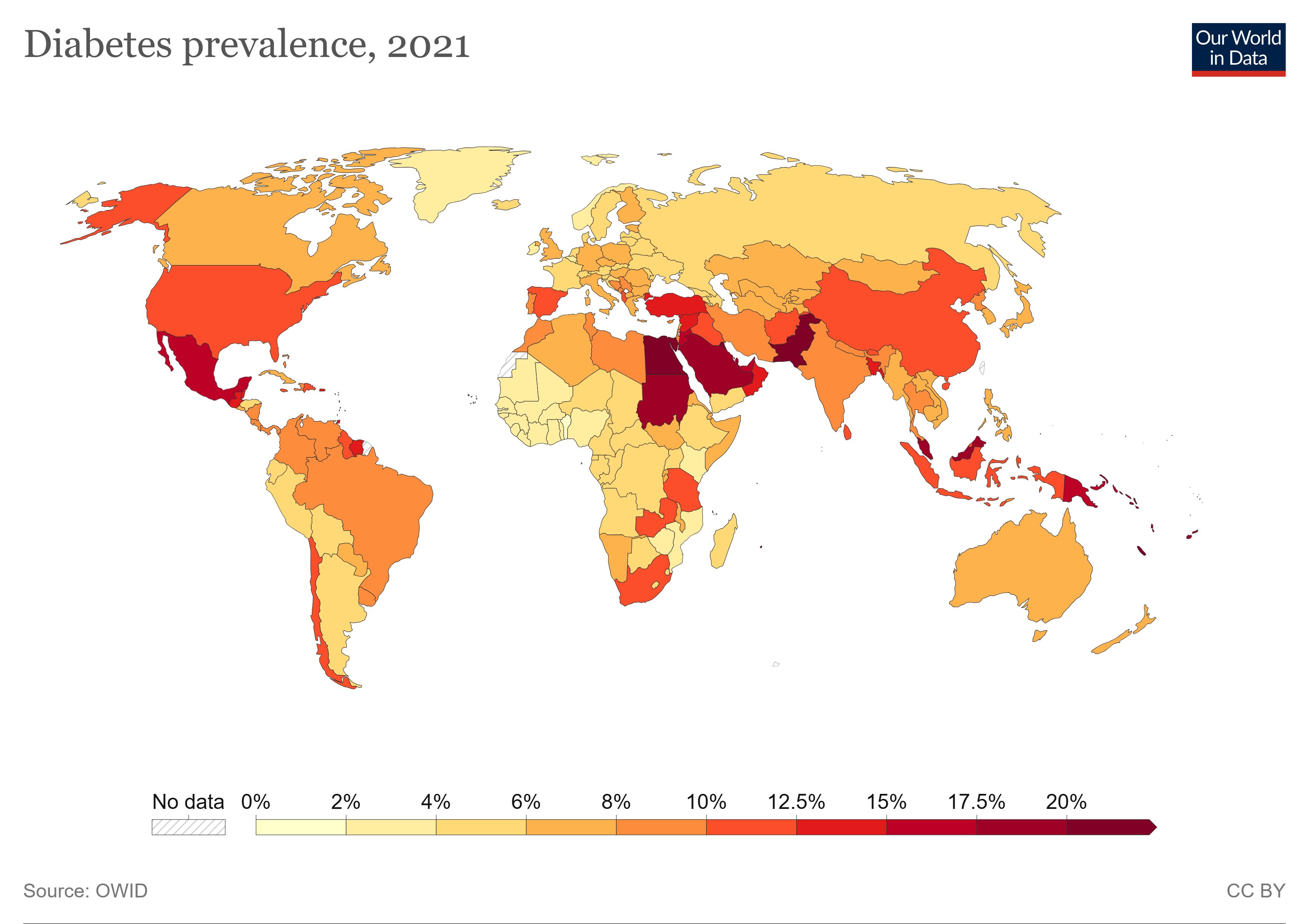
The other thing is that while “skinny-fat” is not something that has been measured and studied systematically AFAIK, you can look at correlates for it like diabetes (obesity and cardiovascular diseases are harder proxies when you’re dealing with countries with significant malnutrition rates).
The main predictive factors for diabetes in the subcontinent are: 1) being Muslim and 2) having a white rice based diet.
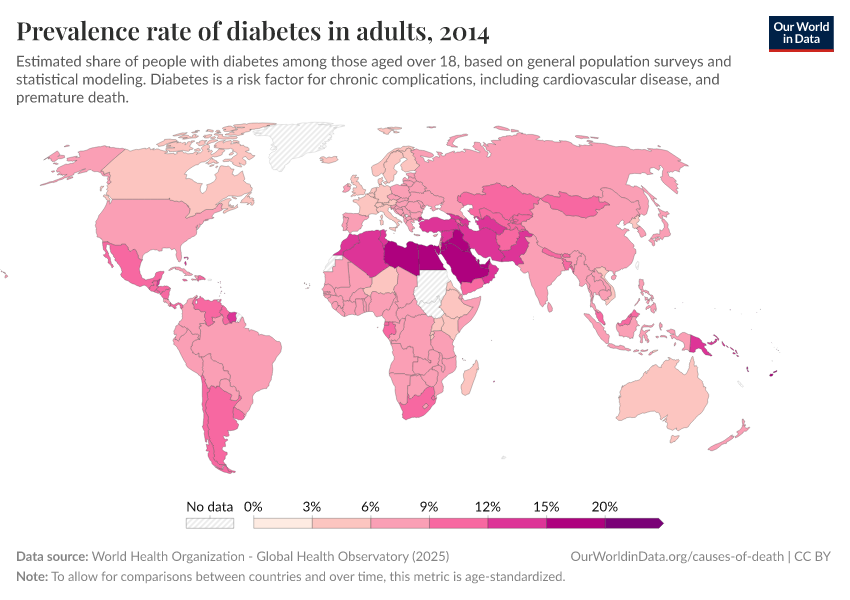
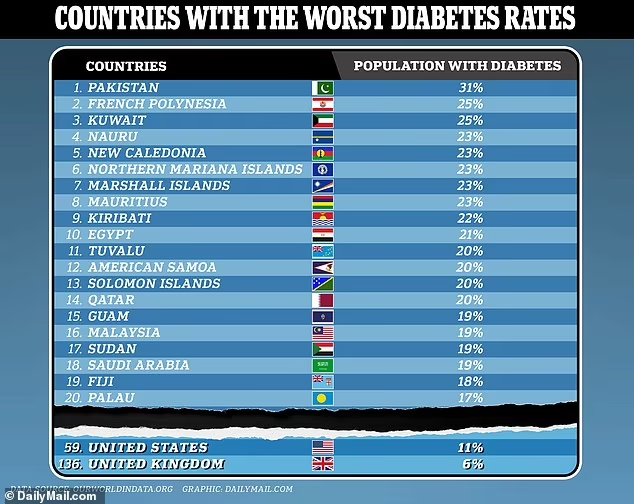
https://academic.oup.com/eurpub/article/28/suppl_1/cky047.042/4973086?login=false
So “British famines” doesn’t show up anywhere. For instance while Madras and Bengal suffered from famines, Pakistan was one region you can confidently say massively benefited from British rule. Yet it has the worst rates of diabetes.
Choose your diabetes:
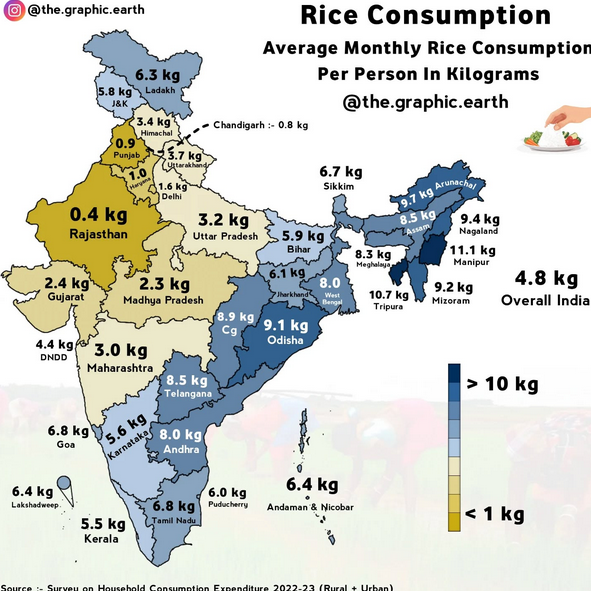

4. agriculture-induced genetic changes
New paper from David Reich lab:
West Eurasian / European populations have had strong recent genetic selection for a number of traits.
Among these, positive selection for intelligence and education. Negative selection for body fat percentage, darker skin color, and schizophrenia

5. white rice intolerance
East Asians quite literally have evolutionary adaptations to eat white rice.
The rest of the world, should regard ourselves as White-Rice-intolerant.
Landini et al (2020), Genomic adaptations to cereal‐based diets contribute to mitigate metabolic risk in some human populations of East Asian ancestry
6. all good things correlate
Smarter people tend to be more outgoing and happy, to have fewer problems falling to sleep and staying asleep, to be less manic, and to be less psychotic, prone to ADHD, etc.
Our best genetic predictors now reflect these things!
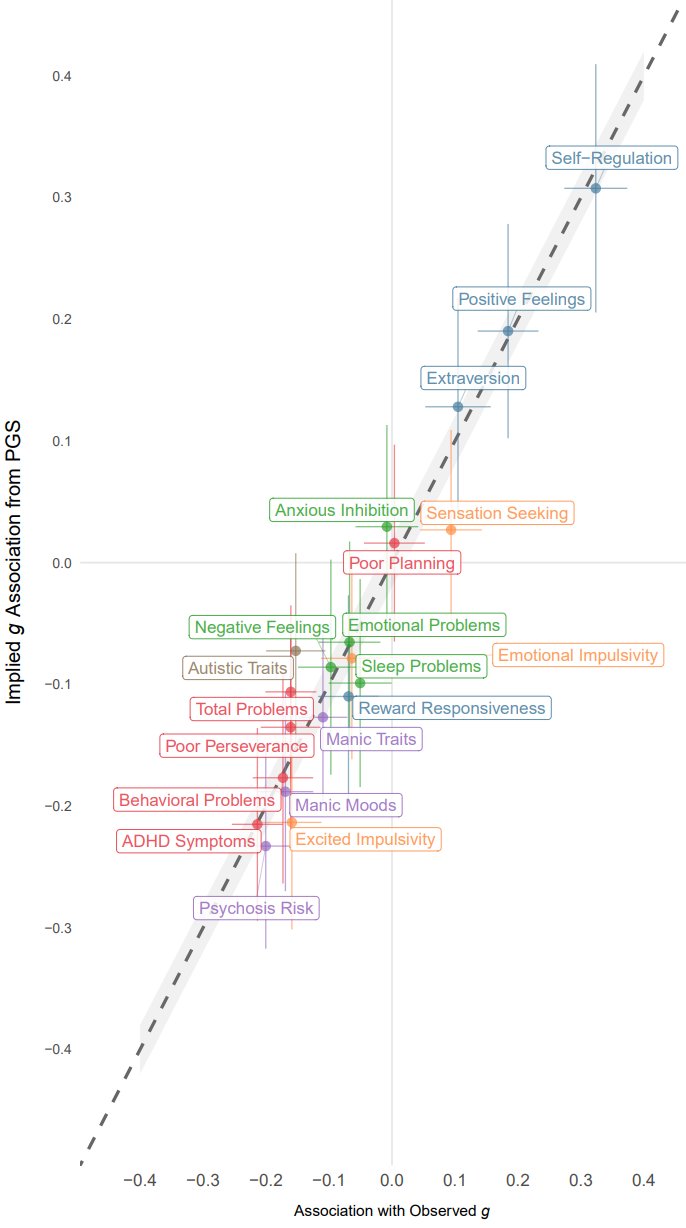
Source: herasight.substack.com/p/cogpgt
🧵🧵🧵 Lots of people talking about assortative mating, wherein people choose mates who are similar to themselves on specific traits or overall desirability.
Less well-known is that people who are desirable on one trait (eg intelligence) also tend to be higher on other desirable traits (eg kindness).
Even less well known is that assortative mating CAUSES desirable traits to be correlated in the population over evolutionary time.
🧵Assortative Mating & the Evolution of Desirability Covariation🧵
1/8
It is known that (1) people mate assortatively for overall desirability, (2) overall desirability is determined by one’s standing on many traits, & (3) people who are higher on one desired trait tend to also be higher on other desired traits.
In this research, led by Dan Conroy-Beam, we used agent-based computational models & a large cross-cultural empirical study to test a hypothesis, originally proposed by @ProfDavidBuss , about how assortative mating drives the evolution of desirability covariation.
https://www.sciencedirect.com/science/article/abs/pii/S1090513818303155
2/8
The basic logic:
Suppose overall desirability as a mate is determined by 2 traits: intelligence and kindness.
If people assort on overall desirability people higher in intelligence will wind up partnering not only with people who are high in intelligence, but also who are higher in kindness. Likewise, kind people will tend to pair with both kind & intelligent partners.
When these pairs mate, their offspring will then tend to be higher than average on both intelligence & kindness. As such, in a population wherein people mate assortatively, kindness & intelligence will come to be positively correlated across reproductive generations. (Even if kindness & intelligence were initially uncorrelated.)
Moreover, if overall desirability is determined by many different traits—say, 20–the same process of assortative mating will drive the evolution of covariation among those many traits—creating a positive manifold of desirability covariation, which we label “d”